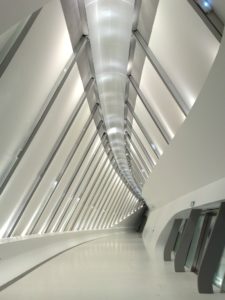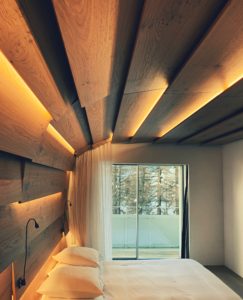Candle light makes all of us look our best. It softens the wrinkles and imperfections. Lighting can do wonders for rooms and exteriors just the same. We are excited to share about cove lighting today.
What can cove lighting do for you?:
 Lighting 101 is not just for home owners. Businesses can adapt such information to their rooms as well. Especially if you are running a Bed and Breakfast, these unique lighting ideas straight from interior designers themselves can create a sparkle in your guests’ eyes.
Lighting 101 is not just for home owners. Businesses can adapt such information to their rooms as well. Especially if you are running a Bed and Breakfast, these unique lighting ideas straight from interior designers themselves can create a sparkle in your guests’ eyes.
During a remodel is usually the best time to replace or refurbish your lighting fixtures. For some, they may see a new trend and decided to switch out their chandelier or reading lamps to add a little change to their existing room- without changing out anything else. As we know, lighting fixtures such as lamps and chandeliers can truly change the entire appearance and vibe of a room.
In order to choose the perfect lighting fixture for your room, you must first go through all of your options. Let’s begin with a subtle, sophisticated lighting fixture.
Cove lighting:
 First off, cove lighting is not truly a main form of lighting. However, this lighting fixture can create elegant depth to a room. Cove lighting is not hung from the ceiling or a type of lamp.
First off, cove lighting is not truly a main form of lighting. However, this lighting fixture can create elegant depth to a room. Cove lighting is not hung from the ceiling or a type of lamp.
Cove lighting is subtly tucked on shelves, ledge, or a recess high up on a wall. The light is not harsh as it faces towards the ceiling. It is a basic lighting technique and can be done for a very affordable price, depending on how much length you’d like the cove lighting to run along.
You may find that cove lighting is also referred to as ambient luminescence. It provides overall diffuse illumination. This sort of lighting can also be installed in a ceiling coffer, which is basically a design ledge on the ceiling to create depth.
What to avoid:
If you choose to install cove lighting as a family project, there are a few things to keep in mind. Small mistakes will show up. Be aware of the placement. If there is a gap between the fixtures, that gap will most likely show up as the pattern will be projected onto the ceiling.
Try staggering the fixtures or an end-to-end placement to avoid socket shadows. Socket shadows are dark spots at the end of a lamp. Play around with placement before making it permanent.
Ensure the spacing between the fixture and the back of the wall cove is sufficient. Take note of the watts any nearby wallpaper tears or cracks in the ceiling which may become accentuated. The top of the lamp should be level with the cove fascia. If it is not level, it will create shadow lines.
Lighting professionals recommend stopping a cove short of the end wall to prevent sharp cutoff lines. Depending on your style, you may choose to ignore the next recommendation. The ceiling surface should be a high-reflectance matte or satin finish surface.
Now, for the cove, you should follow this guideline if you are desiring a classic cove lighting setup. The inside surface of the cove should be a flat white. This will help reduce specular reflections.
Next week, we are going to share the next type of lighting. Call Sanford Electric Company II, Inc. for a perfect, safe cove lighting install. Avoid making mistakes that may be made during a DIY.
Staff Writer
